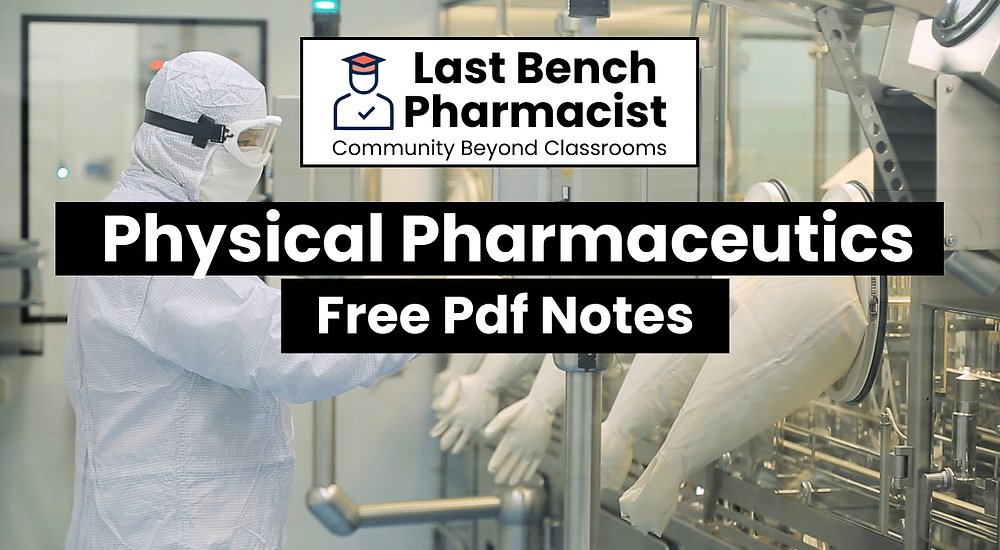



#bpharmnotes #bpharmphysicalpharmaceuticsnotes #bpharmpdfnotes
Ever wondered how your daily aspirin reaches its target in your body, dissolves painlessly, and releases its magic? The answer lies in the fascinating realm of Physical Pharmaceutics, the cornerstone of effective drug delivery! B Pharm Physical Pharmaceutics-1 Pdf Notes unlocks the secrets of this intricate world, equipping you with the knowledge and skills to design, formulate, and optimize medications for maximum impact.
Scope: The course deals with the various physical and physicochemical properties, and principles involved in dosage forms/formulations. Theory and practical components of the subject help the student to get a better insight into various areas of formulation research and development, and stability studies of pharmaceutical dosage forms.
Objectives: Upon the completion of the course student shall be able to
Understand various physicochemical properties of drug molecules in the designing the dosage forms
Know the principles of chemical kinetics & to use them for stability testing and determination of expiry date of formulations
Demonstrate use of physicochemical properties in the formulation development and evaluation of dosage forms.
Solubility expressions, mechanisms of solute solvent interactions, ideal solubility parameters, solvation & association, quantitative approach to the factors influencing solubility of drugs, diffusion principles in biological systems. Solubility of gas in liquids, solubility of liquids in liquids, (Binary solutions, ideal solutions) Raoult’s law, real solutions. Partially miscible liquids, Critical solution temperature and applications. Distribution law, its limitations and applications
State of matter, changes in the state of matter, latent heats, vapour pressure, sublimation critical point, eutectic mixtures, gases, aerosols – inhalers, relative humidity, liquid complexes, liquid crystals, glassy states, solid- crystalline, amorphous & polymorphism.
Refractive index, optical rotation, dielectric constant, dipole moment, dissociation constant, determinations and applications
Liquid interface, surface & interfacial tensions, surface free energy, measurement of surface & interfacial tensions, spreading coefficient, adsorption at liquid interfaces, surface active agents, HLB Scale, solubilization, detergency, adsorption at solid interface.
Introduction, Classification of Complexation, Applications, methods of analysis, protein binding, Complexation and drug action, crystalline structures of complexes and thermodynamic treatment of stability constants.
Sorensen’s pH scale, pH determination (electrometric and calorimetric), applications of buffers, buffer equation, buffer capacity, buffers in pharmaceutical and biological systems, buffered isotonic solutions.